Wi-Fi 7 Without the Sticker Shock — TP-Link Deco BE63 vs Eero Pro 7 for Real-World Homes
Wi-Fi 7 sounds fancy, doesn’t it? Lightning-fast speeds, future-proof performance, and the promise of “no more buffering ever again.” But when you start seeing $1,000 mesh kits, it’s easy to think, “Maybe my old router’s fine after all.”
The good news? You don’t have to spend a fortune to join the Wi-Fi 7 club. In this showdown, we’re putting the TP-Link Deco BE63 and the Eero Pro 7 head-to-head — two next-gen mesh systems that actually make sense for normal homes. Let’s see which one delivers premium performance without the premium price tag.
Multi‑Gig Power
9
You get one of the most capable consumer Wi‑Fi 7 node designs here — fast radios, solid coverage, and flexible multi‑gig wired options make it ideal if you want high throughput and wired performance. Setup is straightforward via the app, and HomeShield adds useful network controls and protections.
Simple Setup
8.5
You’ll appreciate how painless setup and day‑to‑day management are, especially if you want a clean, integrated smart‑home experience. Performance is excellent for most homes and high bandwidth plans up to 5 Gbps, but you’ll trade a little raw multi‑gig port flexibility compared with some rivals.
TP‑Link BE63
- Speed & throughput – 9
- Coverage & mesh – 9
- Wired connectivity – 9.5
- Features & security – 8.5
eero Pro 7
- Speed & throughput – 8.5
- Coverage & mesh – 8.5
- Wired connectivity – 8
- Features & security – 9
TP‑Link BE63
Pros
- Very high combined throughput and Wi‑Fi 7 features for future proofing
- Multiple 2.5 Gbps Ethernet ports and USB 3.0 for fast wired devices and backhaul
- Strong coverage per node — good for large homes and heavy device counts
- Deco app and HomeShield security give robust management and parental controls
eero Pro 7
Pros
- Very easy, polished setup and app experience for most users
- Reliable mesh performance with good real‑world coverage across floors
- Strong security and smart‑home integrations via the eero app and eero Secure
TP‑Link BE63
Cons
- Advanced HomeShield features may require a subscription for full protection
- A 2‑pack can be pricier than basic mesh kits if you don’t need multi‑gig
eero Pro 7
Cons
- Higher price for the 2‑pack relative to some competitors
- Fewer native multi‑gig wired ports and no USB port on units
Premium WiFi 7 Routers: NETGEAR Orbi 970 vs Eero Max 7 vs TP-Link Deco BE85
Straight Specs Face‑Off: Speed, Ports & Hardware
Raw throughput & radios
Let’s break down the numbers without putting anyone to sleep. The TP-Link Deco BE63 is a legit 10-gigabit-class Wi-Fi 7 system. In plain English: it’s fast. It uses six data streams and can crank out around 5 Gbps on the 6 GHz band, about 4 Gbps on 5 GHz, and roughly half a gig on 2.4 GHz for your older devices. It’s got all the latest Wi-Fi 7 tricks — Multi-Link Operation (which lets your devices talk to more than one band at once), 320 MHz channels, and 4K-QAM for extra speed.
The Eero Pro 7 is no slouch either — it’s also a tri-band Wi-Fi 7 system, tuned for internet plans up to 5 Gbps and built to blanket about 4,000 square feet with a two-pack. Amazon doesn’t share every speed stat like TP-Link does, but in real life it’s built for rock-solid performance, not brag-sheet numbers.
- Deco BE63: 10 Gbps combined, 6‑stream, explicit per‑band speeds and advanced Wi‑7 RF features.
- eero Pro 7: Wi‑Fi 7 tri‑band, engineered for up to 5 Gbps WAN service across a 2‑pack mesh.
Ports, wired backhaul & expandability
Antennas, MU‑MIMO & Security
When it comes to wired connections, the Deco BE63 clearly takes the win. It’s got four 2.5-gig Ethernet ports and even a USB 3.0 port if you want to plug in a drive or run your own mini-NAS. In other words, it’s built for people who still believe a good old Ethernet cable never goes out of style. You can run true multi-gig backhaul between units or hook up your fastest wired devices without breaking a sweat.
The Eero Pro 7, on the other hand, plays it a little safer. It’s more “plug it in and forget it” than “build a wired empire.” You’ll get fewer multi-gig ports and no USB option, so if you want to expand your wired setup, you’ll need to add a network switch. It’s simpler — just not as flexible.
Side-by-Side Feature Comparison
| Features | TP‑Link BE63 | eero Pro 7 |
|---|---|---|
| Price | $$ | $$$ |
| Wi‑Fi Standard | Wi‑Fi 7 (802.11be) | Wi‑Fi 7 (802.11be) |
| Bands | Tri‑band (6GHz / 5GHz / 2.4GHz) | Tri‑band (6GHz / 5GHz / 2.4GHz) |
| Max combined throughput | Up to 10 Gbps combined (advertised) | Up to 5 Gbps (ISP support advertised) |
| 6GHz peak | ≈5,188 Mbps (advertised) | Up to ~4.8 Gbps (device/client dependent) |
| 5GHz peak | ≈4,324 Mbps (advertised) | ~1.2–1.6 Gbps (typical ranges) |
| 2.4GHz peak | ≈574 Mbps (advertised) | ~574 Mbps (typical) |
| Multi‑gig Ethernet ports | Four 2.5 Gbps ports | Gateway: up to 1–2x 2.5 Gbps ports (varies by node) |
| USB ports | USB 3.0 | None |
| Coverage (2‑pack) | Up to 5,800 sq ft (2‑pack, vendor claim) | Up to 4,000 sq ft (2‑pack, vendor claim) |
| Max devices supported | Up to ~200 devices (real‑world varies) | Hundreds — depends on network mix |
| Mesh pack size | 2‑pack | 2‑pack |
| Wired backhaul | Yes — multi‑gig wired backhaul supported | Yes — supports wired backhaul (multi‑gig if wired) |
| App & management | TP‑Link Deco app with granular controls | eero app with simple controls and smart‑home integrations |
| Security features | HomeShield (subscription options), WPA3, guest network | WPA3, automatic updates, eero Secure (optional subscription) |
| ISP max supported speed | Up to 10 Gbps (with appropriate plan/equipment) | Up to 5 Gbps (advertised) |
| Best use case | Large homes, multi‑gig wired devices, high throughput needs | Users who value easy setup, polished app, and smart‑home friendliness |
Real‑World Use: Coverage, Setup & Performance
Coverage & roaming
The Deco BE63 two-pack claims coverage of around 5,800 square feet, and honestly, that’s not just marketing fluff. Each unit has some serious signal power — those six data streams and stronger radios mean you’ll see fewer dead zones, even in big homes. Mesh roaming is buttery smooth too, and with Multi-Link Operation (a fancy Wi-Fi 7 feature), your devices can hop between bands without that annoying “drop and reconnect” slowdown.
The eero Pro 7 (2‑pack) targets about 4,000 sq ft. It delivers reliable floor‑to‑floor coverage and solid roaming behavior with low-latency handoffs, but its smaller port/max throughput profile means edge speeds will fall faster under heavy multi‑device load.
👉 Wired Muscle & Real-World Speed
If you’ve got a bunch of wired gear — gaming rigs, NAS drives, or a multi-gig internet plan — the Deco BE63 is your best friend. Those four 2.5-gig ports and a USB 3.0 slot make wired backhaul totally doable, and they keep your speeds rock-solid even when everyone in the house is online. In busy Wi-Fi neighborhoods where every signal’s fighting for airspace, the Deco still holds its own with higher combined throughput.
The Eero Pro 7 can handle up to 5-gig internet plans and manages everyday multitasking — streaming, gaming, video calls — like a champ. But since it has fewer multi-gig ports, it leans more on wireless backhaul. That’s perfectly fine for most homes, but if you’re running NAS setups or hardcore gaming rigs, the Deco’s extra ports give it the edge.
Smart-Home Ready: Thread and Matter Explained
Both the Deco BE63 and Eero Pro 7 come ready for the next wave of smart-home tech — they support Thread and Matter.
In plain English, that means your smart lights, locks, plugs, and sensors will all play nicely together, even if they’re from different brands. Thread builds a steady, low-power network for your smart gadgets to talk on, while Matter acts like the universal translator that lets everything communicate smoothly.
The end result? Fewer setup headaches, faster responses from your smart devices, and a home network that’s ready for whatever new “smart” thing you add next.
Setup & Day‑To‑Day Performance
The eero app is the fastest, most polished setup — ideal if you want “set it and forget it.” TP‑Link’s Deco app takes a bit more tinkering but gives advanced settings (HomeShield, VPN) if you need them.
Best fit:
- Lots of wired devices or gigabit+ internet: Deco BE63
- Crowded smart‑home with many Wi‑Fi devices: Deco BE63
- No‑fuss setup, reliable streaming/gaming for most households: eero Pro 7
Features, Ecosystem & Value: Security, Support & Extras
Let’s talk about the little extras that actually make a difference day to day. The Deco BE63 gives you more built-in tools — things like HomeShield security, VPN support, and even expert help baked right into the app. On the flip side, the Eero Pro 7 plays to its strengths with Alexa and Ring integration and a super clean app that just works.
We’ll look at parental controls, firmware updates, and privacy without diving into a legal textbook — just the stuff that matters in real life. In the end, you’ll know which system gives you the best bang for your buck, whether you care more about speed, security, or just keeping things simple.
Security & privacy
Deco BE63 ships with HomeShield (basic features free; advanced threat detection and more require a subscription) plus built‑in VPN support for device/remote access. eero offers eero Secure as a paid add‑on for malware/parental features. Because eero is Amazon hardware, expect closer ties to your Amazon account and integrations; TP‑Link keeps diagnostics and HomeShield data in its ecosystem.
Parental controls & management
The Deco app gives granular controls, time limits, and per‑device rules. eero’s app is simpler—quick profiles, schedules, and content filtering through eero Secure.
Ecosystem & integrations
eero wins if you use Alexa, Ring, or other Amazon services—set routines and voice control easily. Deco plays well with common smart‑home gear but lacks native Alexa depth.
Support, updates & value
Both push OTA firmware. Deco includes free expert support and more multi‑gig hardware for the price; eero sells a smoother experience and polished updates.
If you want raw throughput and built‑in security tools: choose Deco BE63.If you want simplest setup, Amazon integrations, and software polish: choose eero Pro 7.
Final Verdict — Which One Should You Buy?
If you’re the kind of person who loves hardwiring everything — gaming PC, NAS, smart TV, even the coffee maker — the Deco BE63 is your go-to. It’s built for speed freaks and wired-first homes that want every gigabit accounted for.
But if you’d rather plug it in, open an app, and let the magic happen, the Eero Pro 7 is your dream setup. It nails simplicity, self-tuning mesh coverage, and smooth everyday performance with zero fuss.
💡 WiFi Guy’s Take: Both are future-proof, both are blazing fast — it just depends whether you like to tinker or tap “Done” and stream a movie.*
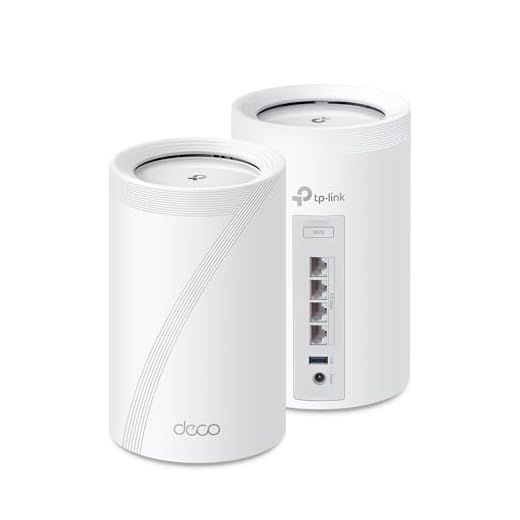
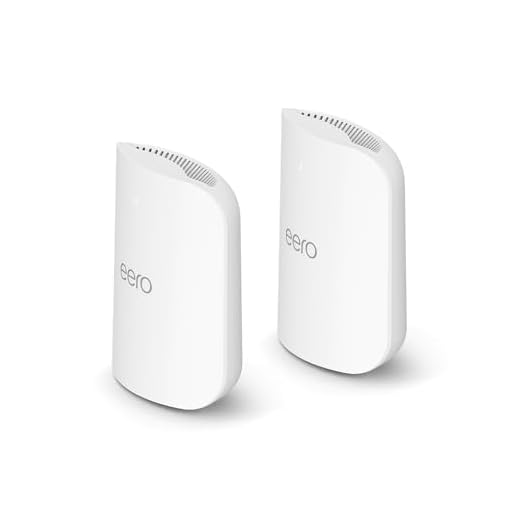


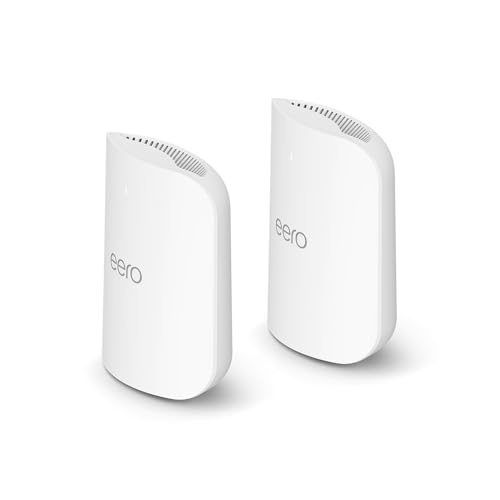



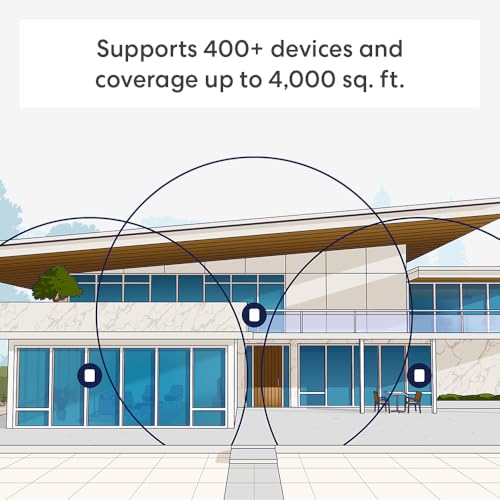
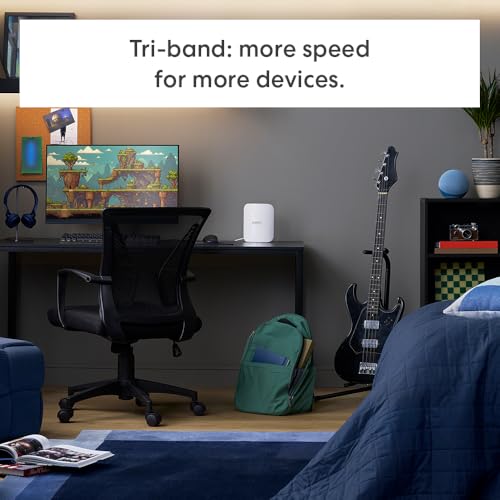


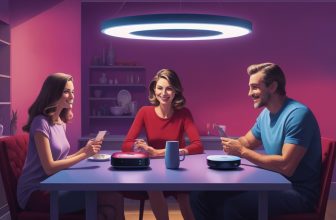
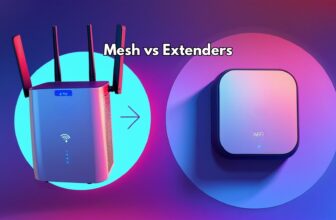
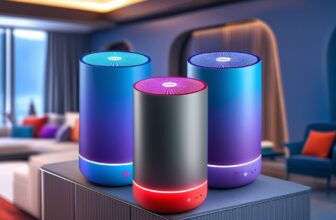


I’m mainly a gamer — low ping matters more than headline speeds. Anyone seeing better latency on one vs the other? Deco’s multi-gig sounds sexy but if it adds more fiddly settings that break NAT I’m not interested.
Also curious: the VPN feature on the Deco — is it actually useful for gaming (nah probably not) or just a desktop privacy thing?
For online gaming I didn’t notice much difference in latency between eero and Deco in my tests. Wired is king tho — plug into a 2.5G port and you’re golden. VPN will add latency, so not ideal for competitive gaming.
VPN on Deco is more for routing specific devices or secure access to a home network, not for reducing latency. For gaming, prioritize wired backhaul and QoS settings if you can.
Technical question for anyone who’s set up BE63 in a multi-unit home:
– Does the Deco allow grouping ports for wired backhaul easily?
– Any gotchas with mixing wired + wireless mesh nodes? I’m thinking wired backhaul for the main nodes and wireless for the extenders.
I’m comfortable with a bit of network config, just curious about real-world behavior and whether the app lets you force wired backhaul or it auto-negotiates.
One more tip: when using multi-gig links, ensure your switches and cabling support the speed (Cat5e vs Cat6). Otherwise the Deco ports will fall back to lower speeds.
I ran a mixed setup: wired backhaul for two nodes and a wireless satellite. Deco switched seamlessly to wired where available. Just make sure the firmware is up-to-date — older firmware had occasional flakiness with hybrid setups.
Marcus — good technical question. Deco typically auto-detects wired backhaul when the nodes are connected via Ethernet, and it’ll prefer that over wireless. The app shows connection type for nodes. You can also manually prioritize settings, although granular port bonding/grouping isn’t commonly exposed in the consumer UI.